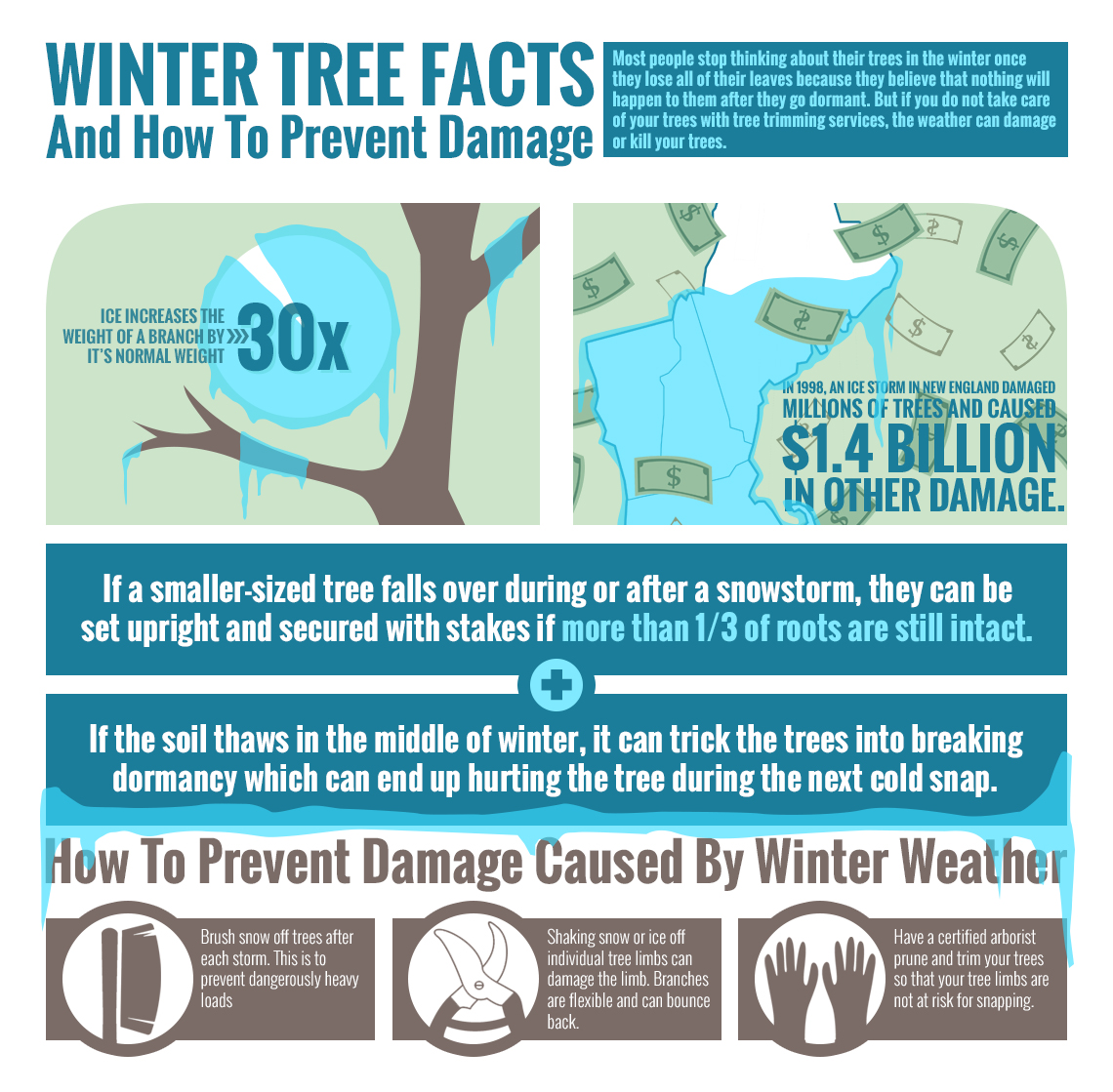Tree Care Throughout The Seasons: Best Practices For Handling Trees Prior To And Following Removal
Tree Care Throughout The Seasons: Best Practices For Handling Trees Prior To And Following Removal
Blog Article
Author-
When it concerns seasonal tree care, making certain correct management prior to and after removal can substantially influence the health and appearances of your landscape. By recognizing pre sale property required actions associated with evaluating tree health and wellness and getting ready for elimination, you can proactively secure your home. Yet what concerning the critical techniques to follow as soon as the tree is gone? Stay tuned to uncover the necessary post-removal treatment procedures that will certainly aid you cultivate a successful and lasting setting for your trees.
Pre-Removal Tree Treatment
Prior to addressing the elimination of a tree, it's important to focus on pre-removal tree treatment. Start by analyzing the tree's health and wellness and structural stability. Try to find signs of illness, parasite invasions, or any architectural problems that may posture a safety and security danger during elimination. It's necessary to speak with a licensed arborist to determine the very best course of action.
Trimming dead or unhealthy branches can prevent more damages to the tree and guarantee a smoother elimination procedure.
Furthermore, consider the ecological effect of removing the tree. Trees play a vital role in our ecosystem, so growing a new tree in an appropriate area can aid balance out any kind of loss. Guarantee that you have the required licenses and authorizations for tree elimination, especially if the tree is safeguarded by regional regulations.
Seasonal Maintenance Tips
Assessing your tree's demands throughout the year is necessary for its health and long life. To maintain your trees in top condition, follow these seasonal upkeep suggestions.
In springtime, concentrate on trimming to eliminate dead or broken branches and encourage brand-new development.
free arborist consultation asks for normal watering, particularly during dry spells, to ensure your tree stays hydrated.
As loss strategies, keep an eye out for very early indications of condition or stress and anxiety, and think about applying mulch to safeguard the origins during winter months.
In winter months, be cautious when eliminating snow from branches to avoid breakage, and continue to monitor your tree's overall wellness.
Bear in mind to change your care regular based upon the particular demands of your tree types and neighborhood environment. By remaining mindful and proactive throughout the periods, you can help your trees thrive and thrive for years ahead.
Post-Removal Tree Treatment
To make certain the health and wellness of your landscape even after tree removal, appropriate post-removal treatment is crucial. After a tree is removed, it's vital to fill the continuing to be opening with topsoil and compact it to avoid settling. This will help keep the honesty of the ground and stop potential hazards in the future.
Consider planting new greenery instead of the removed tree to recover the equilibrium and aesthetic appeals of your landscape. Frequently water the location to promote the development of new plants and protect against soil erosion.
Examine the surrounding trees for any type of indicators of illness or tension that may have been brought on by the removed tree. Keep an eye out for insects that could've been drawn in to the previous tree and take preventive measures to shield the remaining plant life.
If needed, speak with an expert arborist to assess the effect of the elimination on the bordering trees and identify any type of extra care needed. By complying with these post-removal care steps, you can ensure the ongoing health and wellness and charm of your landscape.
Final thought
Finally, positive seasonal tree care is important for maintaining the health and balance of your landscape. By evaluating tree health and wellness, pruning, and consulting with an arborist prior to elimination, you can make sure a risk-free process. After removal, filling up the hole, planting new vegetation, and normal watering will advertise new growth and prevent disintegration. Bear in mind to evaluate bordering trees for illness and look for more care procedures from an arborist to keep your landscape thriving.
